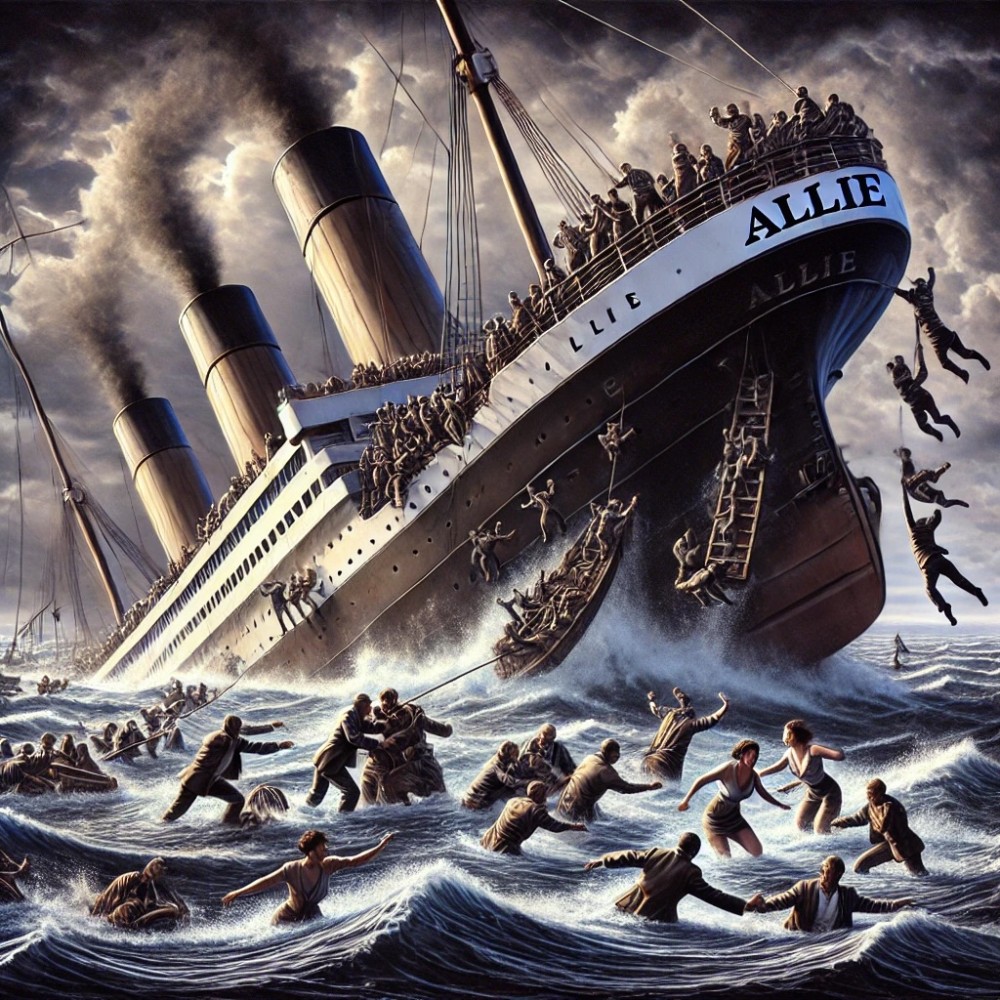 x
x
The core elements of a business strategy are like a meticulously crafted map, guiding a company through the complex seas of the market. Each element is a crucial landmark on this map, indispensable to the journey.
- Vision and Goals: Like a distant lighthouse, they guide the company toward its destination. They paint a picture of the company’s future for every employee, motivating them to move together toward that goal.
- Core Values: These are the soul of the company, like a flag that waves high, declaring the company's fundamental beliefs and principles. Regardless of the challenges, this flag helps the organization maintain integrity and purpose in the market.
- SWOT Analysis: This serves as the company’s weather forecast, constantly reminding it of how to leverage its strengths, avoid risks, and seize market opportunities. It also helps the company recognize which weaknesses may hinder progress.
- Market Understanding: Knowing the market is like observing the waves. By analyzing the needs of the target audience, competitors' moves, and the market’s overall condition, the company can adjust its course, avoid dangers, and catch favorable winds.
- Value Proposition: This is the company’s unique badge, like an emblem on the ship, signaling to customers that "our value is unique." This distinctive value makes consumers trust the company as a reliable partner.
- Strategic Planning and Execution: This is the company’s navigation plan, detailing each step of the journey. From strategy formulation to execution, this process is like a ship's captain following a chart to ensure precise navigation.
- Resource Allocation: Just as a crew assigns duties and tools, the correct allocation of resources ensures that each department functions efficiently, ultimately guiding the company to its goal.
- Measurement and Analysis: These are the company’s compass and logbook, ensuring that every step of the journey stays on track. By measuring key metrics, the company can quickly adjust and recalibrate as needed.
- Innovation and Adaptability: These are the company’s adjustable sails, enabling swift course changes when market winds shift. A spirit of innovation allows the company to evolve continually, staying ahead of the competition.
- Leadership and Corporate Culture: The leaders are like the ship’s captain, steering the helm, while corporate culture is the camaraderie among the crew, ensuring everyone works in sync toward the same goals.
- Financial Planning: This is the company’s fuel plan, ensuring that every action is supported by sufficient funding. Precise cost analysis and return on investment calculations help the company maintain a balance between profitability and stability.
- Consistency: Lastly, all these elements must work together like a well-oiled gear system. When all parts align and support each other, the company can sail smoothly toward its destination.
Each element is a cornerstone of business success, weaving together to form a robust strategy that allows a company to navigate market challenges and move steadily toward its goals.
Under the leadership of An Zhiren, Allie Hong Kong has sunk into a quagmire from which it cannot escape. His leadership style, relying solely on intuition and autocratic decision-making while disregarding employee input, has violated the essential elements of business strategy, leading the company step by step into crisis.

Firstly, An Zhiren’s management completely lacked a clear vision. The company, like a ship lost at sea, drifted without any clear goals or direction, leaving employees disoriented and draining the internal team’s morale. Such aimless navigation only caused Allie Company to veer off course in an intensely competitive market.28Please respect copyright.PENANA1rIdJthzd1
Secondly, he neglected Allie Company’s long-standing core value—“customer-first.” This should have been the foundation of every decision, but under his leadership, this belief became blurred. Customers no longer felt the attention they deserved, which directly undermined the trust between the company and its clients.28Please respect copyright.PENANA8SIrbozlKm
In An Zhiren’s decision-making process, he relied solely on instinct, ignoring SWOT analysis. He failed to assess the risks of losing key clients and did not recognize the opportunity costs of focusing resources on developing new customers. In a competitive market like Hong Kong, where doctors are scarce, losing important clients would gradually erode Allie’s competitive advantage—a reality that An Zhiren chose to ignore.28Please respect copyright.PENANAVPtDoEMQ6k
Even worse, he overlooked the uniqueness of the product. Allie had always positioned itself as a high-end, high-quality professional brand, admired by consumers. However, he blindly followed competitors engaged in low-price warfare in a red ocean strategy, which amounted to self-destruction. This strategy confused consumers, causing them to doubt the professional image that Allie had once proudly built.28Please respect copyright.PENANAyLBKJcBAZ9
The misallocation of resources further exacerbated the company’s problems. Excessive investment in attracting new clients while neglecting the existing customer base resulted in a scattered and disorganized strategy, lacking any long-term vision. In this chaotic decision-making environment, execution plans and goals constantly changed, leading to disastrous returns on investment and driving the company deeper into decline.28Please respect copyright.PENANAvoApgqiB8f
The management team in Hong Kong, who had long been rooted in the market, could have advised him against making one mistake after another. However, An Zhiren’s autocratic nature, combined with the appointment of Ma Yonglong—whose sole skill was flattering his boss—only accelerated the company’s deterioration.28Please respect copyright.PENANAkOPS7Lxp5s
These painful lessons highlight that a business leader must understand that a successful strategy requires careful thought and continuous attention to market dynamics and customer needs to ensure long-term stability and growth. Leaders must not only have a clear vision and uphold core values, but they must also stay attuned to market changes and client demands. Only then can a company achieve sustainable success.28Please respect copyright.PENANA46vwspXThF
The downfall of Allie Hong Kong serves as a reminder that every decision made by a business leader can change the entire company's fate. The future of an enterprise cannot be guided by gut feelings or impulsive actions. Instead, it must be built on thoughtful planning, meticulous strategy, and an accurate understanding of market trends.
ns 18.68.41.140da2




















